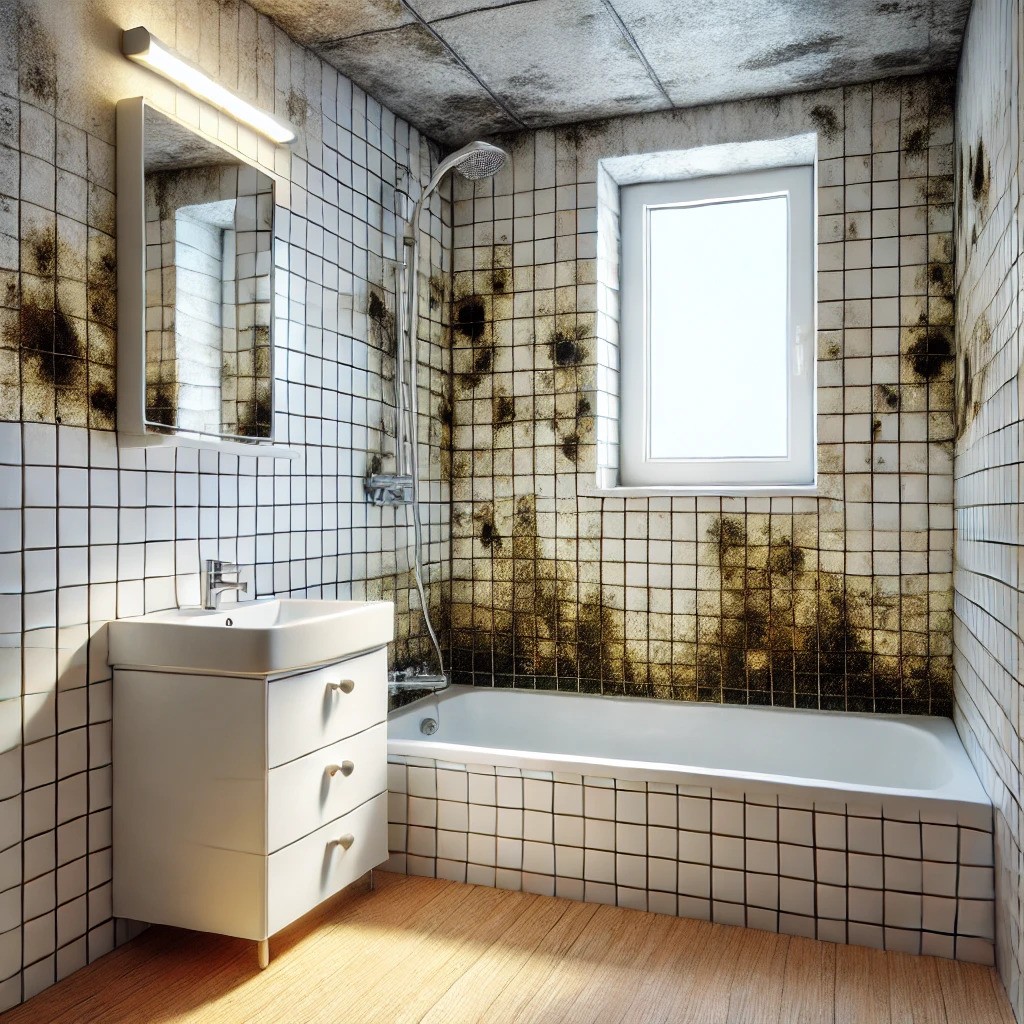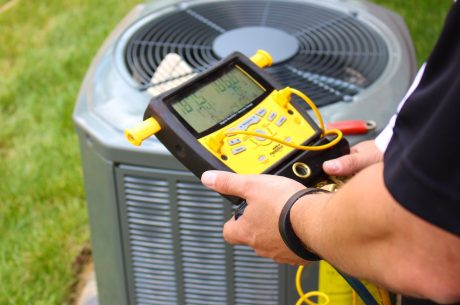Table of Contents

Mold in bathrooms is a common problem many homeowners face. Bathrooms provide the perfect environment for mold to thrive: damp, warm, and often poorly ventilated. Left unchecked, bathroom mold can cause health issues, structural damage, and unsightly stains. In this guide, we’ll explore why bathroom mold is so prevalent and share practical tips to keep it away for good.
What Causes Bathroom Mold?
- Excess Moisture
- Bathrooms generate a lot of moisture, especially from hot showers and baths. This lingering moisture is a primary trigger.
- Bathrooms generate a lot of moisture, especially from hot showers and baths. This lingering moisture is a primary trigger.
- Poor Ventilation
- Without proper airflow, moisture becomes trapped, creating a humid environment perfect for mold growth.
- Without proper airflow, moisture becomes trapped, creating a humid environment perfect for mold growth.
- Leaks and Plumbing Issues
- Undetected leaks under sinks, behind toilets, or around bathtubs can lead to water accumulation, making mold inevitable.
- Undetected leaks under sinks, behind toilets, or around bathtubs can lead to water accumulation, making mold inevitable.
- Porous Materials
- Grout, drywall, and even certain types of paint can absorb water, becoming breeding grounds for bathroom mold.
- Grout, drywall, and even certain types of paint can absorb water, becoming breeding grounds for bathroom mold.
- Neglected Cleaning
- Soap scum, dirt, and other residues provide nutrients for mold, especially when cleaning routines are infrequent.
How to Prevent Bathroom Mold
- Improve Ventilation
- Install an exhaust fan and use it during and after showers to reduce humidity.
- Open windows or leave the bathroom door ajar to promote airflow.
- Keep Surfaces Dry
- Wipe down tiles, shower doors, and countertops after use.
- Use a squeegee to remove excess water from shower walls.
- Fix Leaks Immediately
- Regularly inspect plumbing for leaks or drips and address them promptly.
- Regularly inspect plumbing for leaks or drips and address them promptly.
- Use Mold-Resistant Products
- Choose mold-resistant paint, grout, and caulk when renovating your bathroom.
- Consider installing water-resistant drywall or tiles in mold-prone areas.
- Clean Regularly
- Clean tiles, grout, and fixtures weekly with a mold-preventative cleaner.
- Use natural solutions like vinegar or baking soda to keep surfaces mold-free.
- Control Humidity Levels
- Place a dehumidifier in the bathroom if ventilation is insufficient.
- Use moisture-absorbing products like silica gel or desiccants.
- Seal Grout Lines
- Reseal grout every six months to prevent water absorption.
Signs of Bathroom Mold
- Black, green, or white spots on walls, grout, or ceilings.
- Musty odors that linger even after cleaning.
- Peeling paint or wallpaper due to moisture buildup.
- Persistent allergy symptoms, such as sneezing or itchy eyes, when using the bathroom.
How to Remove Bathroom Mold
- DIY Cleaning
- Use a solution of vinegar and water to scrub away small mold patches.
- Baking soda mixed with water can also effectively remove mold from grout and tiles.
- Commercial Mold Cleaners
- Products specifically designed for mold removal are available at most hardware stores.
- Products specifically designed for mold removal are available at most hardware stores.
- Professional Mold Remediation
- For extensive mold issues, it’s best to call a professional mold remediation service at (562) 356-8500 to ensure safe and thorough removal.
FAQs About Bathroom Mold
1. Is bathroom mold dangerous?
Yes, it can trigger allergies, respiratory issues, and other health problems, especially for individuals with asthma or weakened immune systems.
2. Can I prevent the mold completely?
While it’s challenging to eliminate all mold spores, you can significantly reduce the chances of mold growth by keeping your bathroom clean, dry, and well-ventilated.
3. What’s the best way to clean mold off grout?
A mixture of baking soda and water or a commercial grout cleaner works well. Use a toothbrush for scrubbing hard-to-reach areas.
4. How quickly does mold grow in a bathroom?
Mold can start growing within 24-48 hours in moist conditions, so it’s crucial to address leaks or damp areas immediately.
5. Should I repaint my bathroom to prevent mold?
Yes, using mold-resistant paint can help prevent it from forming on walls and ceilings.
Conclusion
Bathroom mold is more than just an eyesore—it’s a health hazard and a sign of underlying moisture problems. By understanding why mold thrives in bathrooms and taking proactive steps to prevent it, you can maintain a clean, healthy, and mold-free space. If you’re dealing with persistent or severe bathroom mold, don’t hesitate to seek professional help to ensure the problem is fully resolved.
Take control of your bathroom today and say goodbye to mold for good!
For professional mold remediation service, contact us now at (562) 356-8500 to ensure safe and thorough removal.


 PuroClean of Bellflower
PuroClean of Bellflower